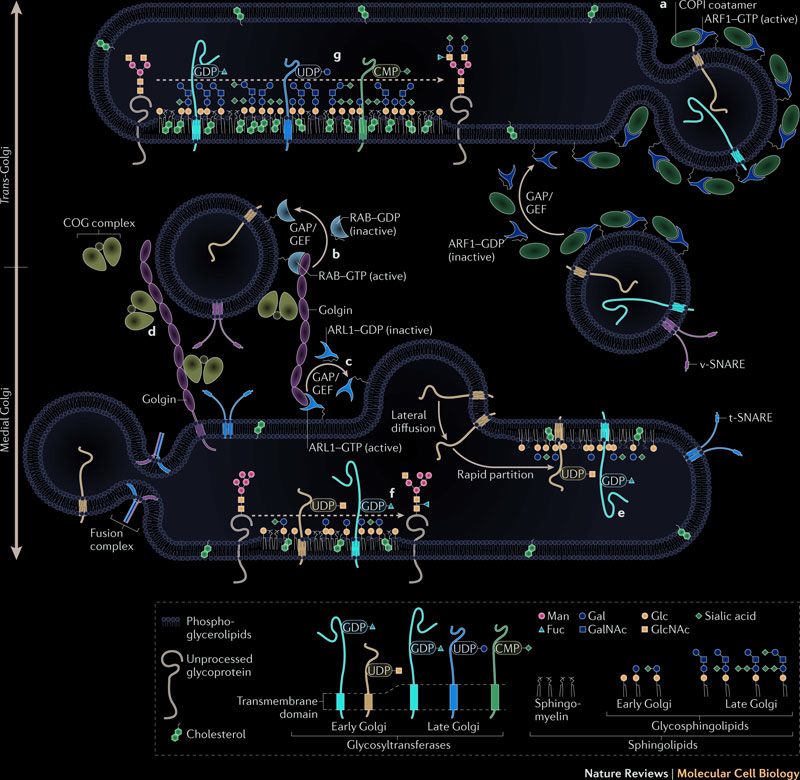The Cellscape is one of the many fascinating scientific visualizations created by XVIVO Scientific Animation Studio. The project was supported by Google Making and Science Team. The creators did a wonderful job in introducing us to the major parts of the cell visible to a viewer in the cytoplasm in a virtual environment.
Conjuring the physico-chemical structures such as proteins and enzymes inside a cell is a rather difficult thing to do. The textbooks and diagrams, don’t do a justice since they inevitably oversimplify the ultra-dynamic, complex and mesmerizingly interesting nature of the cell. The Cellscape takes a field trip inside the cell designed to be explored with a Google Cardboard VR headset. The immersive experience helps learners to perceive cells with internal components and understand how they all function collectively.
As scientists determine high resolution molecular structures of subcellular compartments visualizations are increasingly becoming sophisticated. This visualization is rather animal-centric but you can check out the photosynthetic chromatophores of purple bacteria if you want to get a taste for an autotrophic cell.
The structures highlighted in Cellscape include microtubule highways, kinesin motor proteins traveling on them carrying membrane vesicles and the membrane bound organelles characteristic of eukaryotic organisms such as the endoplasmic reticulum, the Golgi apparatus and mitochondria. We also see some large macromolecules that work as molecular machines such as the ribosome -a key player in the Central Dogma of biology- and the proteasome -shredder of proteins tagged for degradation-.
Proteins are transported from the endoplasmic reticulum to the Golgi apparatus by vesicles traveling along the microtubules. Protein glycosylation, initiated in the endoplasmic reticulum, is completed inside the Golgi apparatus. Fully glycosylated proteins are transported from the Golgi apparatus to the plasma membrane. When a vesicle fuses with the plasma membrane, proteins inside the vesicles are secreted, and proteins embedded in the vesicles membrane diffuse in the cell membrane. Protein glycosylation is a very dynamic and complex process which modifies and makes proteins ready for diverse functions. For instance, the antifreeze glycoproteins in the Antarctic icefish and arctic cod fishes enable survival and adaptation in such harsh polar environments. Incredibly both species have lost their hemoglobin genes.
The following illustration summarizes the traffic between endoplasmic reticulum and golgi including some of the important glycosylation steps within the membrane folds:



3 Comments